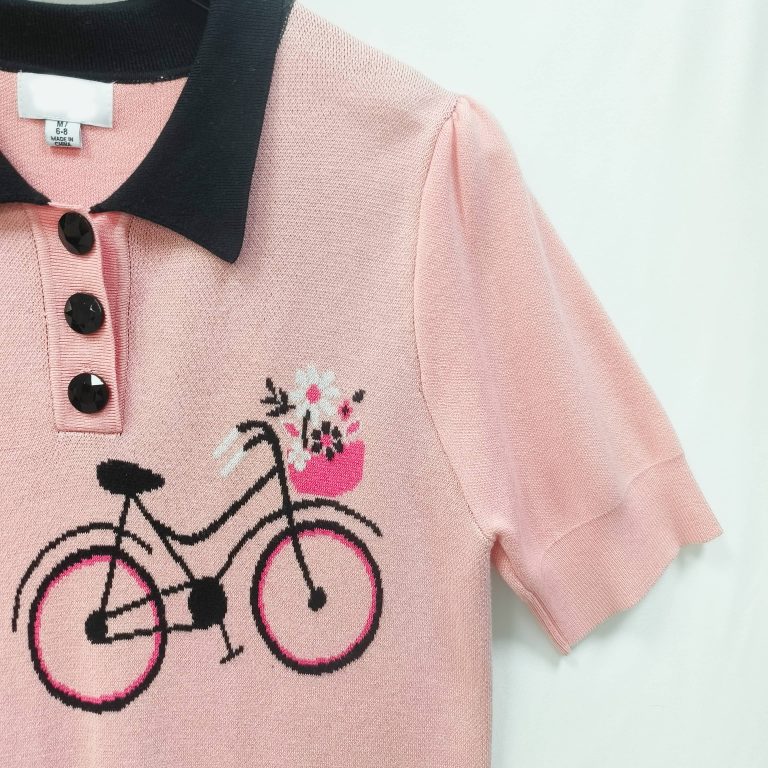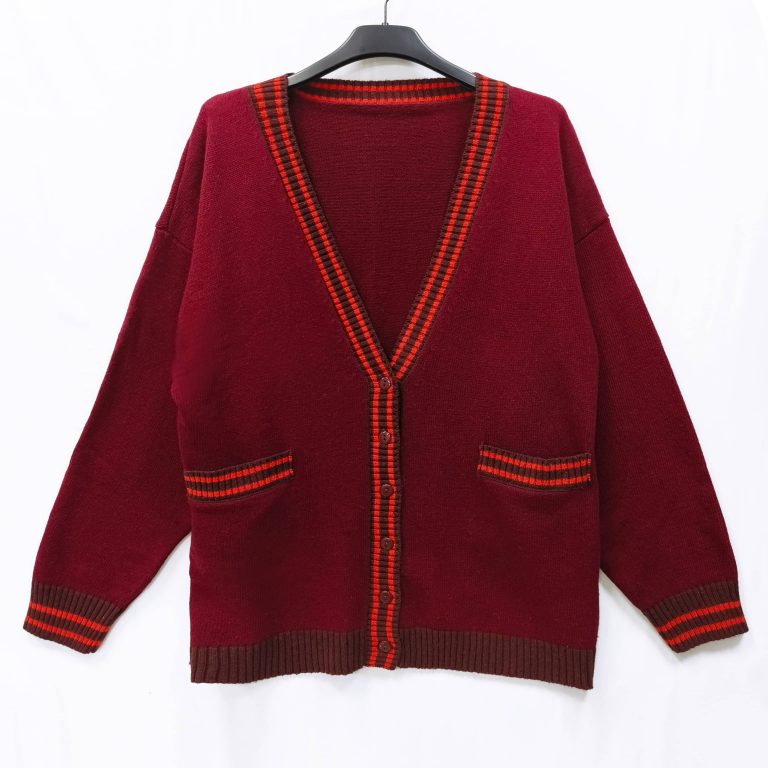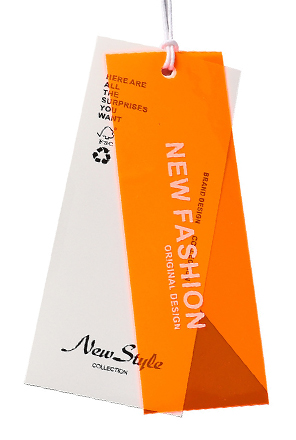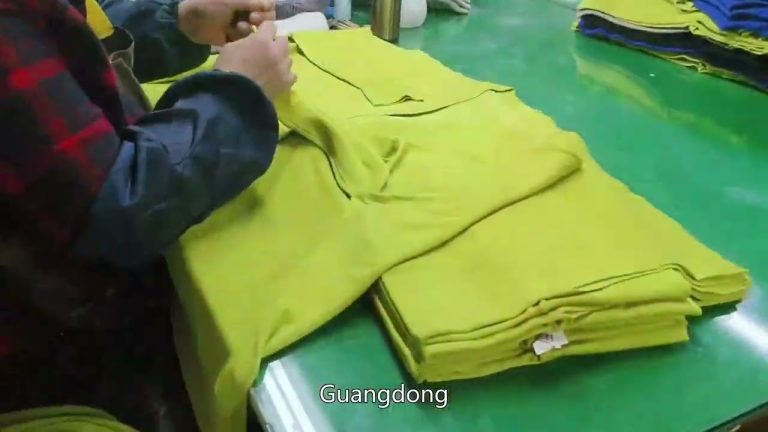Sustainable Practices in sweater manufacturing plants
Sweater manufacturing plants, also known as knitwear industrial factories, play a significant role in the fashion industry. These facilities are responsible for producing a wide range of sweaters and knitwear garments that are sold in stores around the world. However, the manufacturing process can have a negative impact on the environment if not done sustainably. In recent years, there has been a growing focus on implementing sustainable practices in sweater manufacturing plants to reduce their carbon footprint and minimize waste.
One of the key sustainable practices that many sweater manufacturing plants are adopting is the use of eco-friendly materials. Traditional sweater manufacturing processes often involve the use of synthetic fibers that are derived from petroleum-based sources. These materials can be harmful to the environment and contribute to pollution. By using natural fibers such as organic cotton, bamboo, or wool, sweater manufacturers can reduce their environmental impact and create garments that are biodegradable and sustainable.
In addition to using eco-friendly materials, sweater manufacturing plants are also implementing energy-efficient practices to reduce their carbon footprint. This includes using renewable energy sources such as solar or wind power to power their facilities, as well as investing in energy-efficient machinery and equipment. By reducing their energy consumption, sweater manufacturers can lower their greenhouse gas emissions and contribute to a cleaner environment.
Another important sustainable practice in sweater manufacturing plants is waste reduction and recycling. The manufacturing process can generate a significant amount of waste, including fabric scraps, packaging materials, and water waste. By implementing recycling programs and waste reduction strategies, sweater manufacturers can minimize their environmental impact and divert waste from landfills. Some plants are even exploring innovative ways to upcycle fabric scraps into new garments or accessories, further reducing their waste output.
Furthermore, many sweater manufacturing plants are also focusing on ethical labor practices to ensure that their workers are treated fairly and paid a living wage. This includes providing safe working conditions, fair wages, and opportunities for professional development and advancement. By prioritizing the well-being of their employees, sweater manufacturers can create a positive work environment and build a strong, loyal workforce.
| Number | Product type | Fabric selection | Supply model |
| 1-1 | cardigan cashmere | LEATHER HIDE | sweater customizability |
Overall, sustainable practices in sweater manufacturing plants are essential for reducing the industry’s environmental impact and creating a more sustainable future. By using eco-friendly materials, implementing energy-efficient practices, reducing waste, and prioritizing ethical labor practices, sweater manufacturers can make a positive impact on the environment and contribute to a more sustainable fashion industry. As consumers become more conscious of the environmental and social impact of their clothing choices, sweater manufacturing plants must continue to prioritize sustainability in order to stay competitive and meet the demands of an increasingly eco-conscious market.
Trends in knitwear Production Technology in Industrial Factories
Sweater manufacturing plants and knitwear industrial factories have seen significant advancements in technology over the years. These advancements have revolutionized the way sweaters are produced, making the process more efficient and cost-effective. In this article, we will explore some of the latest trends in knitwear production technology in industrial factories.
One of the most notable trends in knitwear production technology is the use of computerized knitting machines. These machines are capable of producing intricate designs and patterns with precision and speed. Computerized knitting machines have replaced traditional hand-knitting methods in many industrial factories, allowing for faster production times and higher quality products.
Another trend in knitwear production technology is the use of sustainable materials and processes. Many industrial factories are now using eco-friendly yarns and dyes in their production processes to reduce their environmental impact. Additionally, some factories are implementing recycling programs to minimize waste and promote sustainability in the industry.
Automation is also a key trend in knitwear production technology. Industrial factories are increasingly using automated systems to streamline their production processes and reduce labor costs. Automated systems can perform tasks such as yarn cutting, stitching, and quality control, allowing for faster and more efficient production.
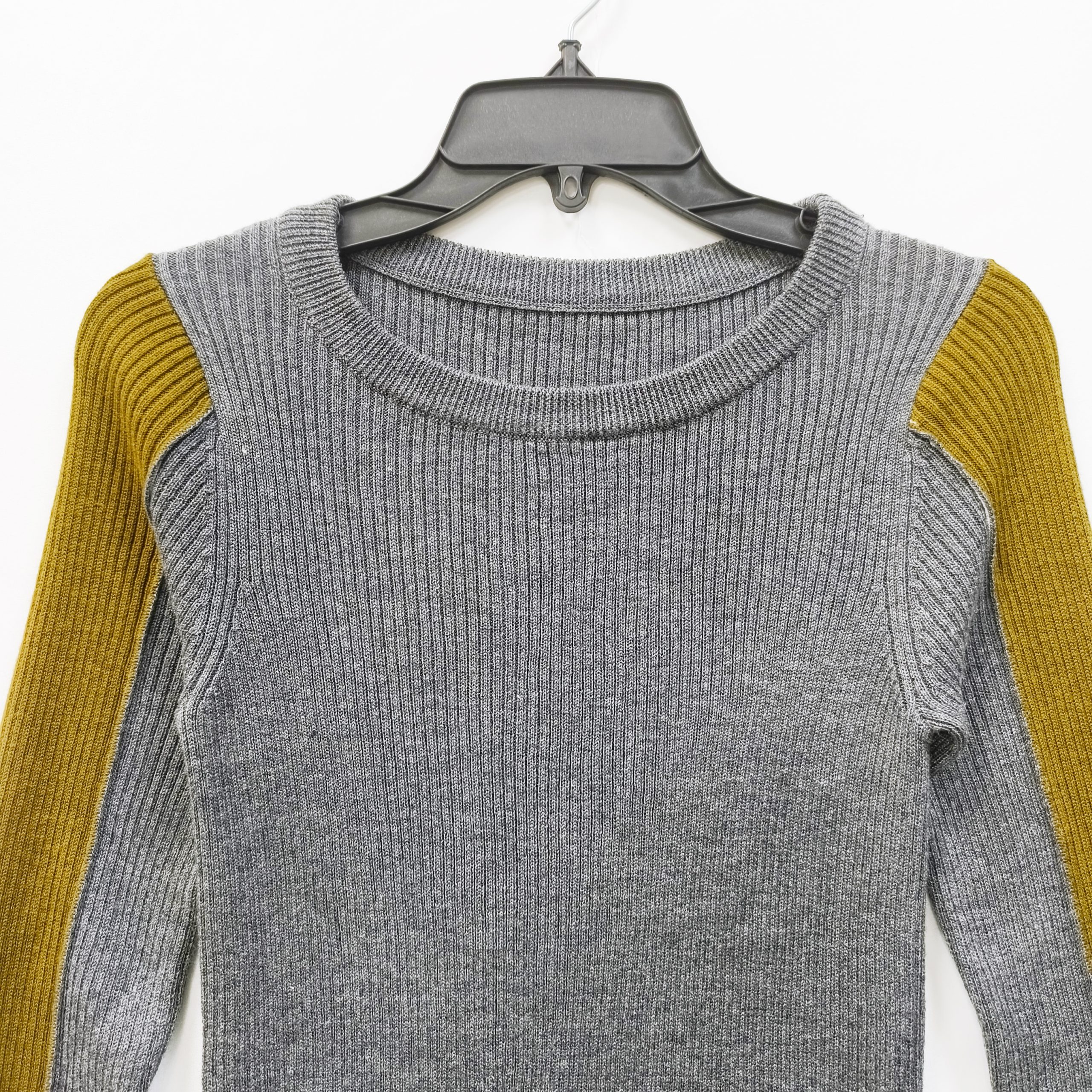
In addition to automation, many industrial factories are also implementing robotics in their production processes. Robots can perform a variety of tasks, from yarn handling to garment finishing, with precision and speed. By incorporating robotics into their production processes, factories can increase productivity and reduce the risk of human error.
Another trend in knitwear production technology is the use of 3D knitting machines. These machines are capable of producing seamless garments with complex designs and patterns. 3D knitting machines are revolutionizing the way sweaters are produced, allowing for greater design flexibility and customization.
Furthermore, many industrial factories are now using digital design software to create and modify knitwear patterns. Digital design software allows designers to experiment with different colors, textures, and patterns before production begins, saving time and reducing waste. This technology has revolutionized the design process in industrial factories, allowing for greater creativity and innovation.
Overall, the trends in knitwear production technology in industrial factories are focused on increasing efficiency, reducing waste, and promoting sustainability. Computerized knitting machines, sustainable materials and processes, automation, robotics, 3D knitting machines, and digital design software are just a few of the advancements that are shaping the future of the knitwear industry.
As technology continues to evolve, we can expect to see even more innovations in knitwear production technology in industrial factories. These advancements will not only improve the quality and efficiency of sweater manufacturing but also help to reduce the industry’s environmental impact. With these trends in mind, the future of knitwear production looks bright and promising.



